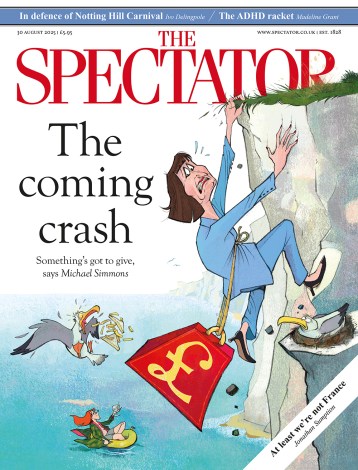David Wilson’s The Lost Photographs of Captain Scott opens with a jolting reminder that even on Antarctica, the past’s another country. Captain Scott’s crew on the Terra Nova expedition (1910-13) were susceptible to sailor’s hoary superstitions. They searched for the root of all bad luck on their voyage; the ‘Jonah’. The consensus settled on the camera as the evil eye.
It’s appropriate, then, that the photographs collected in this volume — carelessly filed away and recently rediscovered — are suggestive of a hard-bitten timelessness. The story of Captain Scott and his men has worn smooth by retelling. With the centenary of his and four men’s deaths approaching, it is an apt time for their memory to be revived.
David Wilson appraches their legacy from the point of view of Scott’s artistic sensitivities. It’s a welcome change from the usual accounts of blunt adventurism, dog and pony japes and a failed ‘race’. The only notable precursor to Wilson’s book is Francis Spufford’s I May Be Some Time, which evokes the imaginative worldview that propelled early 20th century European ships pole-wards.
Scott was a novice photographer and the pupil of Herbert Ponting, who he had employed as ‘expedition artist’. This was a pioneering appointment to an official expedition. In this book, we see Scott’s photography skills develop rapidly under Ponting’s tutelage. Wilson notes Ponting impressing on Scott a proto-modernist thrill at form, shape and texture. Gerhard Richter, eat your heart out.

But Wilson points out that Scott was also informed by Victorian picturesque landscape conventions. I would go one further and say that a short line can be drawn from Breughel’s snowscapes to Scott’s action photos. In Scott’s compositionally assured late shots, he understands that the often perfect nullity of the Antarctic landscape vivifies human subjects. There is a warm heart behind Scott’s 13.6 kg lug of a camera. The most successful shots here are the ones of the men at repose, dwarfed by gulps of mountain, ice and sky. We might be footnotes to the story of nature, but we can command a presence while we’re here.
Figure 1 shows the lower glacier camp on Beardmore glacier, taken on 11 December 1911
Figure 2 shows Scott’s team traversing the Great Ice Barrier, taken on 2 December 1911
Ali Negyal is one of four shortlisted candidates for the last place on the International Scott Centenary Expedition 2012. He
is about to undergo ice survival skills training in Arctic Norway. He also blogs about Scott and his
experience.






Comments